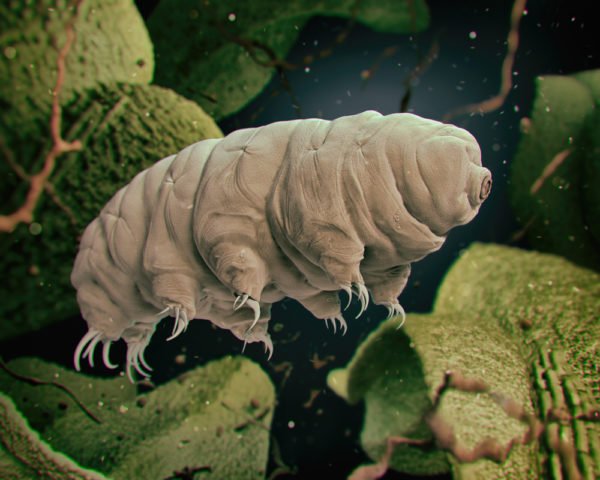
Tiny tardigrades can survive conditions that would kill most other forms of life. By expelling their body’s water and transforming into a seemingly lifeless ball called a tun, they enter a state of dried-up suspended animation in which they can survive for decades without food and water and withstand extreme temperatures, pressures and even the vacuum of space. However, little is known about what drives this protective mechanism and what keeps tardigrades from succumbing to the stresses of prolonged desiccation.
Now, a new study reveals how tardigrades survive without any water at all: Unique proteins turn the insides of tardigrade cells into gel, thereby preventing the critters’ cell membranes from crinkling and collapsing. This strategy is completely different from those seen in other types of animals that can survive dry periods.
In fact, “no such proteins have been reported in other desiccation-tolerant organisms,” said Takekazu Kunieda, a biologist at the University of Tokyo who led the new research, published Sept. 6 in the journal PLOS Biology (opens in new tab).
“Writer Fuel” is a series of cool real-world stories that might inspire your little writer heart. Check out our Writer Fuel page on the LimFic blog for more inspiration.

